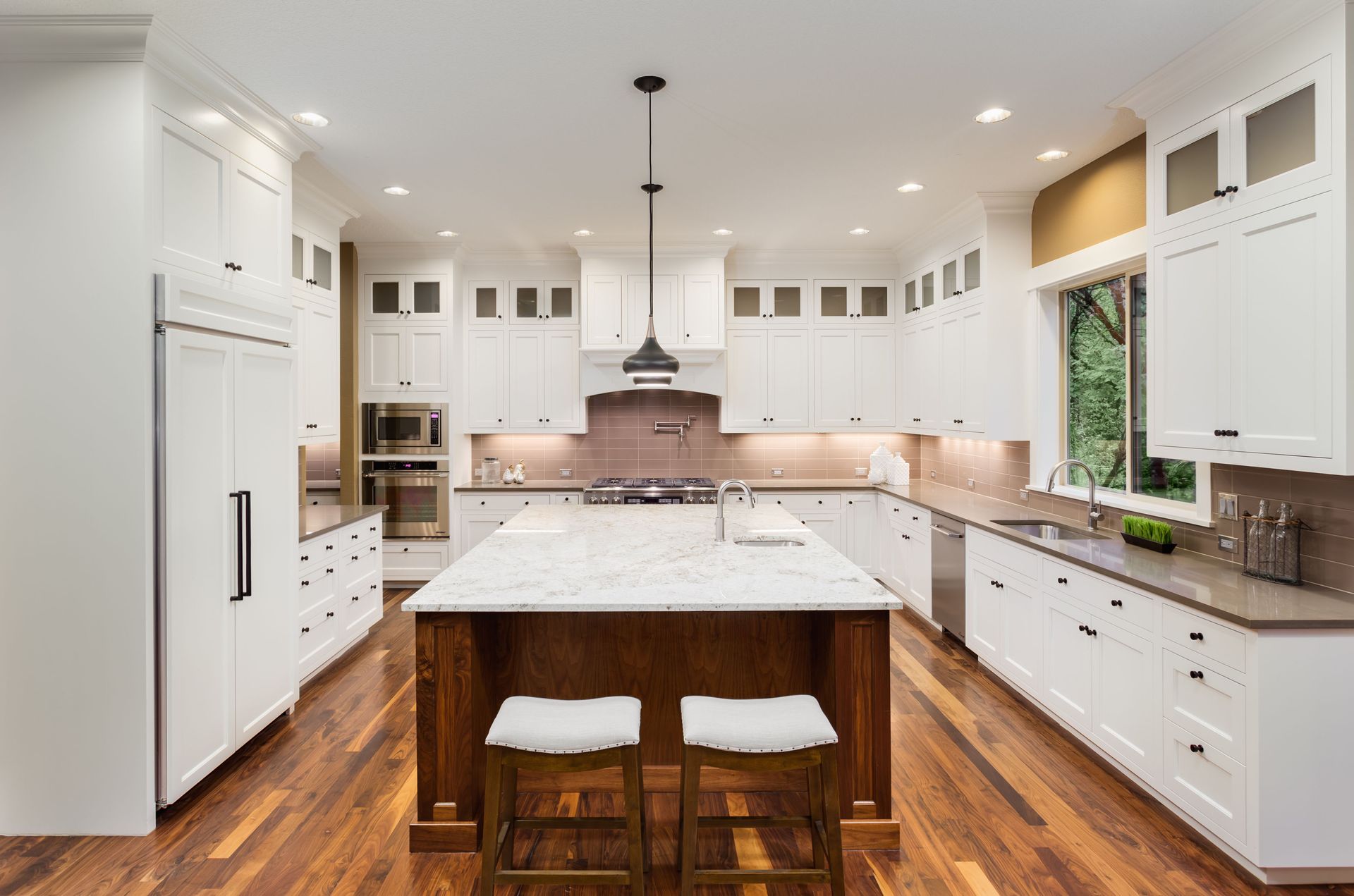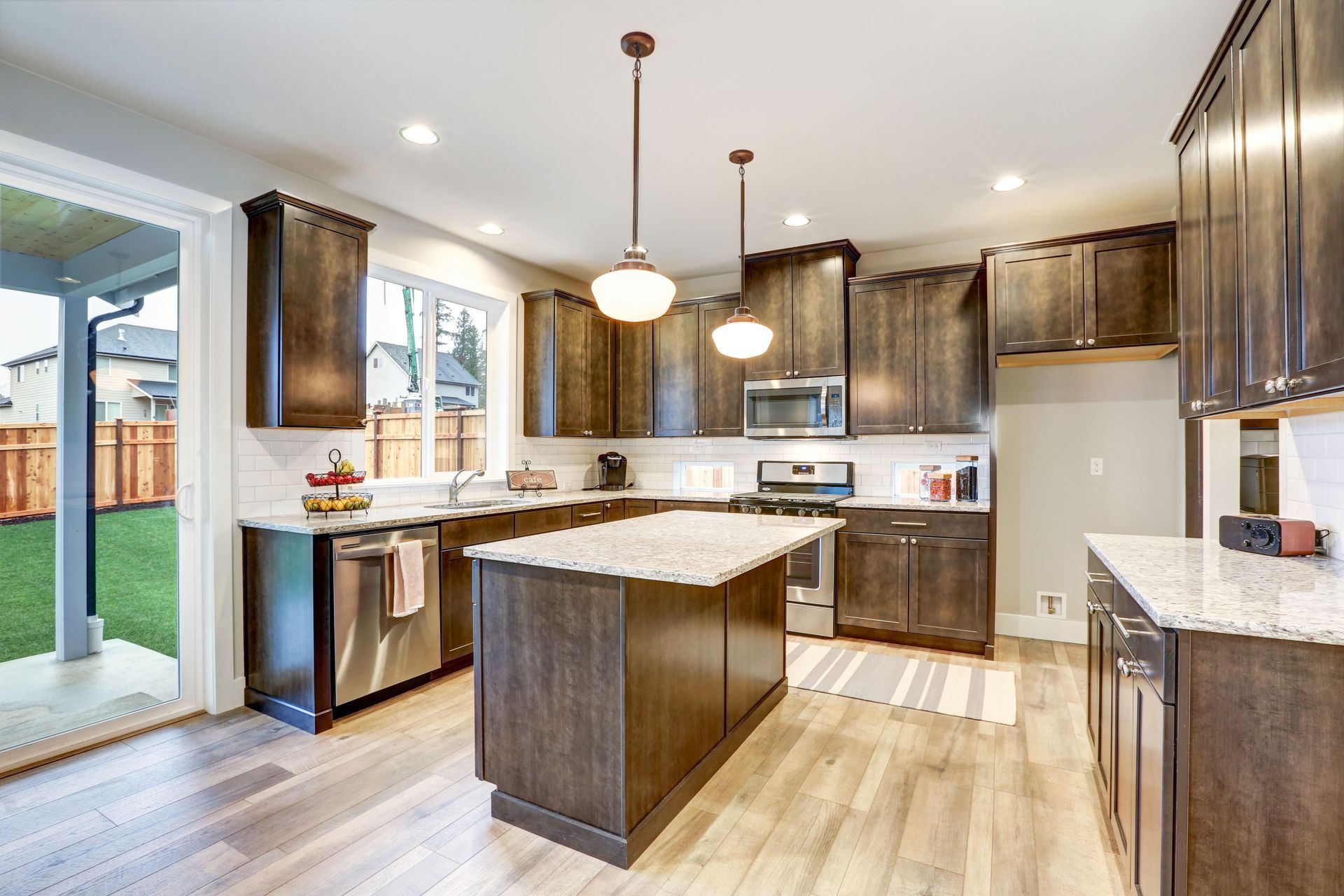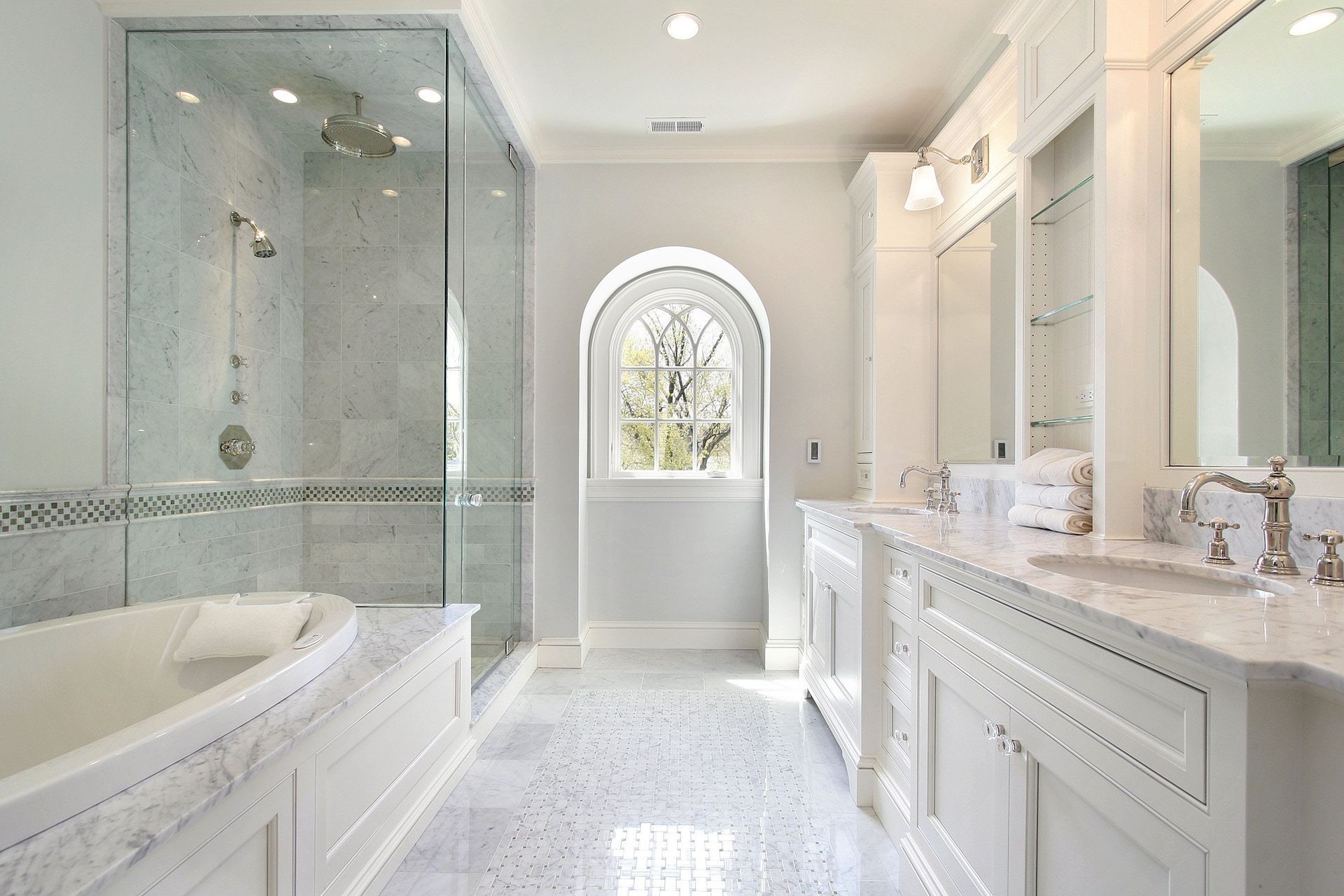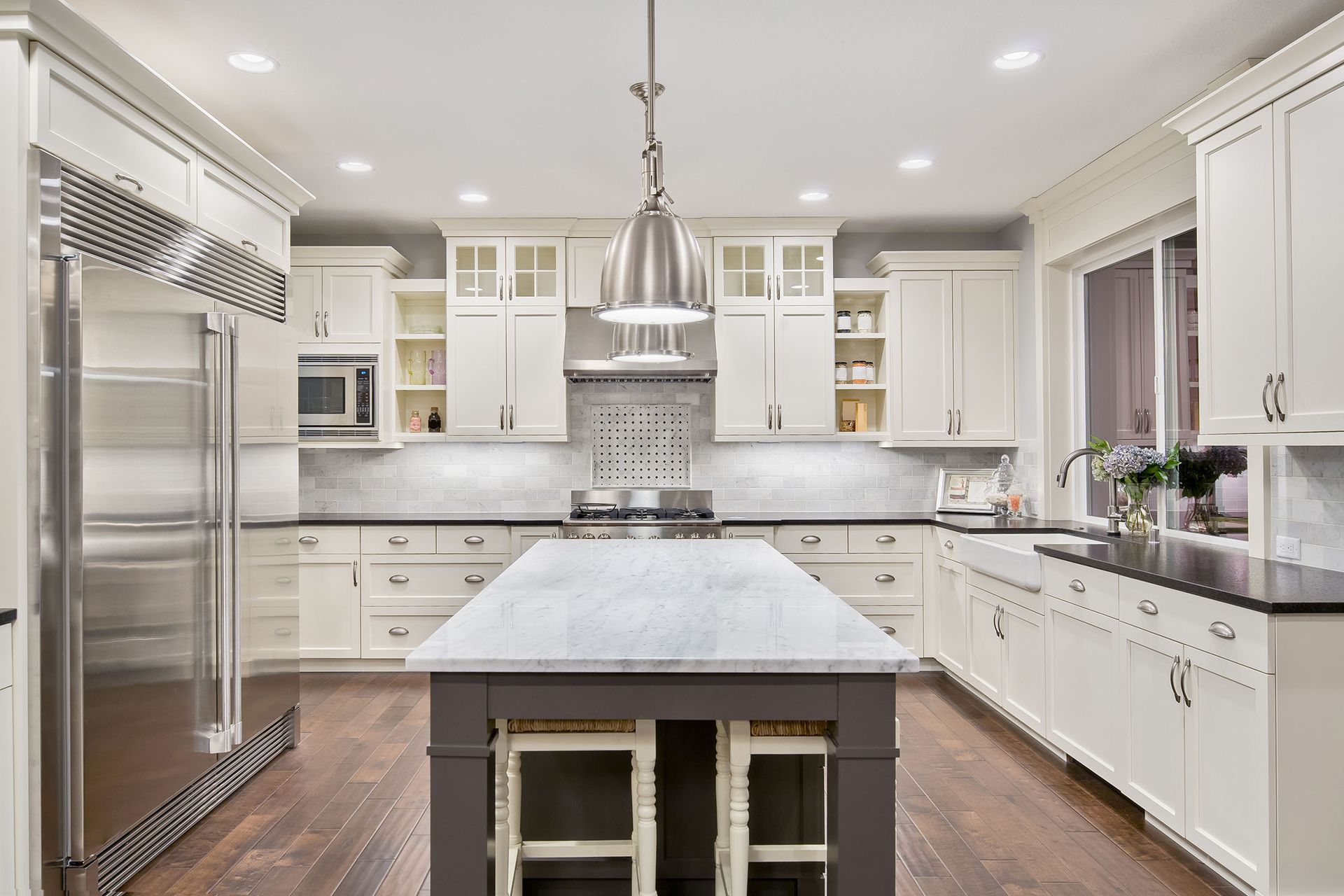September 3, 2025
Remodeling a kitchen can be one of the most exciting and rewarding home improvement projects you can undertake. A well-designed kitchen not only improves the functionality of your home but also enhances its overall aesthetic appeal. However, kitchen remodeling can also be stressful if not approached with careful planning and foresight. From managing a budget to coordinating with contractors, many moving parts need attention. To help make the process as seamless as possible, we’ve compiled five essential tips to help make your remodeling experience smooth, efficient, and satisfying.
Whether your goal is a modern minimalist kitchen, a cozy farmhouse style, or a high-tech culinary hub, understanding the key steps upfront can save time, money, and headaches.
1. Plan Your Layout Carefully
One of the most critical steps in a kitchen remodeling project is designing a functional layout. A well-thought-out layout ensures that your kitchen is both beautiful and practical. Before breaking ground, consider how you use your kitchen on a daily basis. Do you need more counter space for meal prep? Would additional storage or a larger island improve the workflow?
The classic “work triangle” principle is still a useful guideline—it emphasizes efficient placement of the sink, stove, and refrigerator to reduce unnecessary steps while cooking. But modern kitchens often go beyond this simple triangle. For instance, adding multiple prep zones or a separate beverage station can streamline meal preparation for families or frequent entertainers.
Using a design tool or consulting a professional can help visualize different layouts and prevent costly mistakes later on. Consider the flow of foot traffic, lighting, and how each appliance interacts with the space. Even a small change in positioning, like moving the dishwasher closer to the sink, can make daily chores much easier. By planning thoughtfully, you ensure that your kitchen is not only aesthetically pleasing but also genuinely usable.
2. Set a Realistic Budget
Budgeting is arguably one of the most challenging aspects of kitchen remodeling. It’s easy to get carried away with high-end appliances or custom cabinetry, but a practical budget will keep your project on track. Start by outlining all expected expenses, including materials, labor, permits, and design fees.
Once you have a preliminary budget, it’s wise to build in a contingency fund. According to This Old House, you should reserve 20% of your kitchen renovation budget for surprise issues. This reserve can cover unforeseen problems such as plumbing complications, electrical work, or last-minute design changes. Unanticipated problems are common, especially in older homes where hidden damage or outdated wiring may be uncovered during demolition.
Additionally, prioritize which elements are essential versus nice-to-have. For example, if your cabinetry is the focal point of the kitchen, it may make sense to invest more there while opting for mid-range appliances. By breaking down the budget into categories and including a buffer for surprises, you’ll reduce stress and avoid financial surprises that could derail your project. A well-planned budget is a roadmap that guides decision-making throughout the remodeling process.
3. Choose Quality Materials and Appliances
Selecting the right materials and appliances is crucial for both durability and aesthetics. When it comes to cabinets, countertops, and flooring, prioritize quality over trendiness. High-quality materials may come with a higher upfront cost but will save you money and headaches in the long run by reducing wear and tear.
When picking appliances, consider energy efficiency, functionality, and longevity. Investing in appliances with solid warranties ensures peace of mind, while thoughtfully chosen finishes can complement your kitchen design. Stainless steel remains a popular choice for durability and style, but matte finishes and bold colors are gaining traction in contemporary kitchens.
Don’t forget the small details, such as drawer slides, cabinet hardware, and backsplash materials. These elements may seem minor, but they contribute significantly to the overall feel and functionality of the space. For instance, soft-close drawers prevent slamming, and high-quality flooring reduces scratches and staining over time. Planning carefully at this stage ensures your kitchen remodeling investment stands the test of time, giving you both beauty and function for years to come.
4. Hire the Right Professionals
Even if you’re a seasoned DIY enthusiast, a kitchen renovation project often requires professional expertise. From electricians and plumbers to carpenters and designers, hiring qualified professionals can make a world of difference in the outcome and timeline of your project.
Start by researching local contractors and reading reviews from previous clients. A reliable contractor will provide clear estimates, realistic timelines, and regular updates on progress. Communication is key—make sure you are both on the same page regarding your expectations, budget, and timeline. Professionals can also help you navigate building codes, permits, and safety regulations, reducing the likelihood of costly mistakes.
Another tip is to meet in person with potential contractors to gauge their professionalism and compatibility with your project. Look for someone who listens attentively to your ideas, provides proactive solutions, and demonstrates knowledge of current trends and materials. A skilled team can anticipate problems before they arise and offer creative solutions, ultimately making your kitchen remodeling experience smoother and more enjoyable.
5. Plan for a Temporary Kitchen Setup
During a kitchen renovation, your primary cooking space will be out of commission, which can be inconvenient if not planned properly. Setting up a temporary kitchen helps minimize disruption and allows you to continue preparing meals without frustration. Consider placing a small countertop appliance station in another room or using a portable stove, microwave, or slow cooker. Stock up on disposable dishes, utensils, and pantry essentials to simplify daily routines.
You can also plan meals strategically during the remodeling process. Preparing freezer-friendly meals in advance or relying on simple, no-cook dishes can reduce stress and maintain household harmony. Communicate with family members about the temporary changes and encourage flexibility during the transition. By anticipating potential inconveniences, you’ll avoid unnecessary stress and maintain a sense of normalcy while construction work is underway.
Temporary setups don’t have to be purely functional—they can also be an opportunity to test ideas for your new kitchen. For example, placing a small coffee station or prep area in the temporary space might reveal an arrangement you want to keep permanently. Thinking creatively during this phase can enhance your overall remodeling experience.
A kitchen remodeling project can transform your home, making it more functional, stylish, and enjoyable for years to come. While it can be overwhelming, careful planning, a realistic budget, and the right team can make all the difference. By paying attention to layout, choosing quality materials, hiring skilled professionals, and preparing for temporary disruptions, you set yourself up for a smooth and successful remodeling experience.
Flexibility and foresight are key. Surprises may occur, but with the right strategies in place, your renovation journey can be as enjoyable as the result itself. By approaching the project with careful planning and an eye for quality, you’ll create a kitchen that reflects your lifestyle, taste, and needs.
Your kitchen is more than just a place to cook; it’s the heart of your home. Investing time, thought, and resources into the remodeling process ensures that your finished space is not only beautiful but also practical, welcoming, and built to last.
Transform your home with Santi Designs—contact us today to start your dream kitchen remodeling project! Let our expert team guide you every step of the way for a seamless and stunning result.





